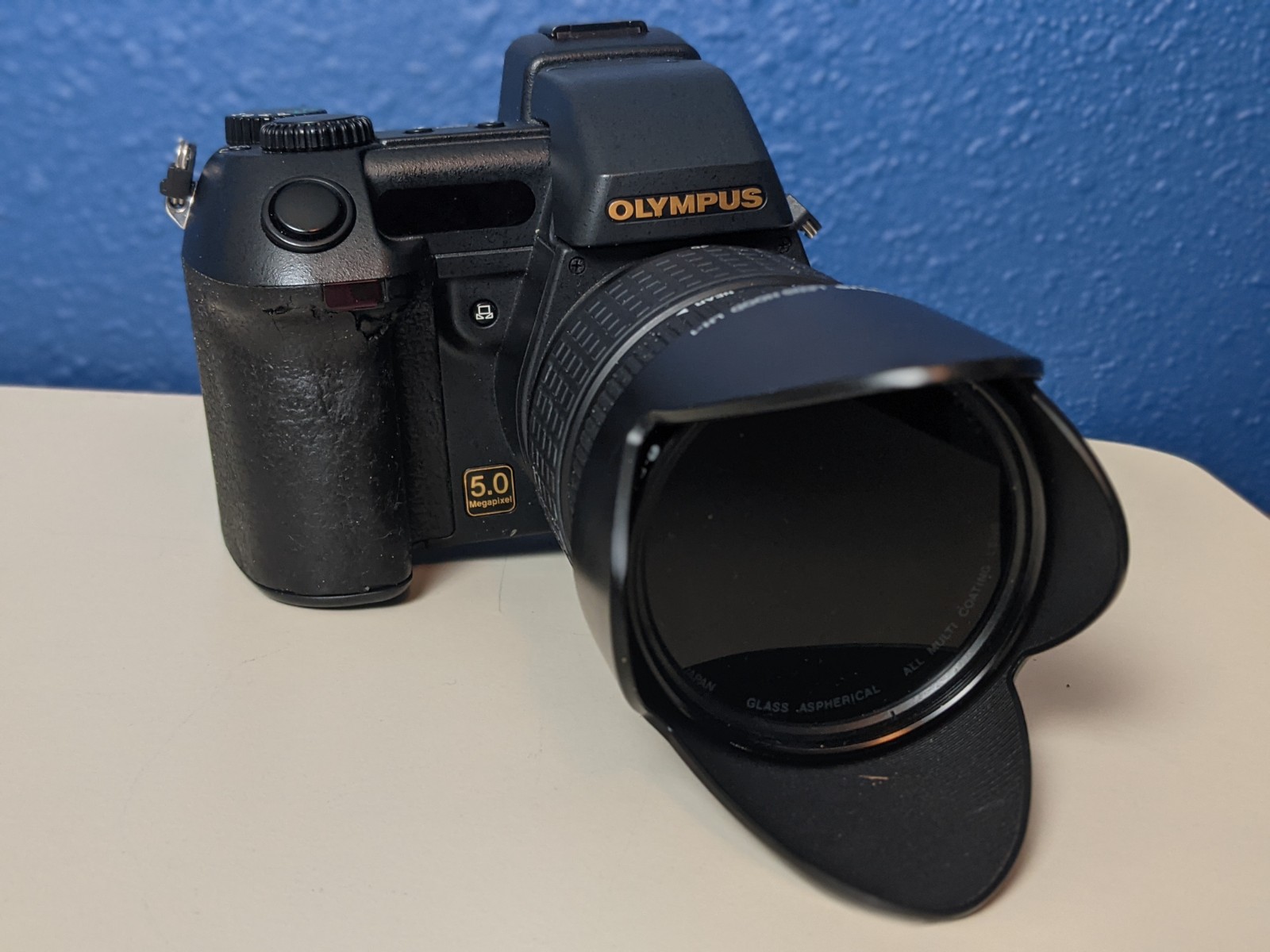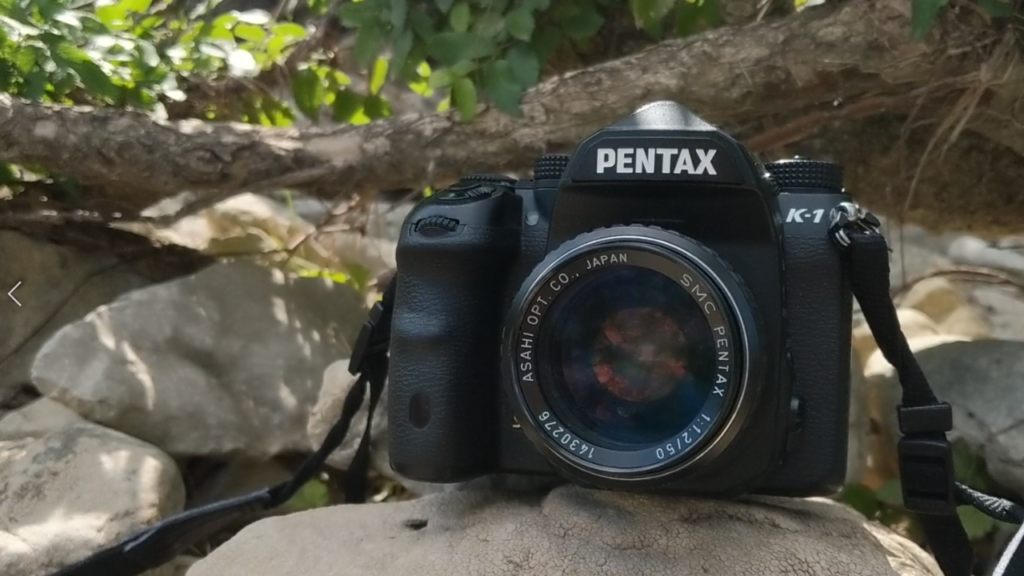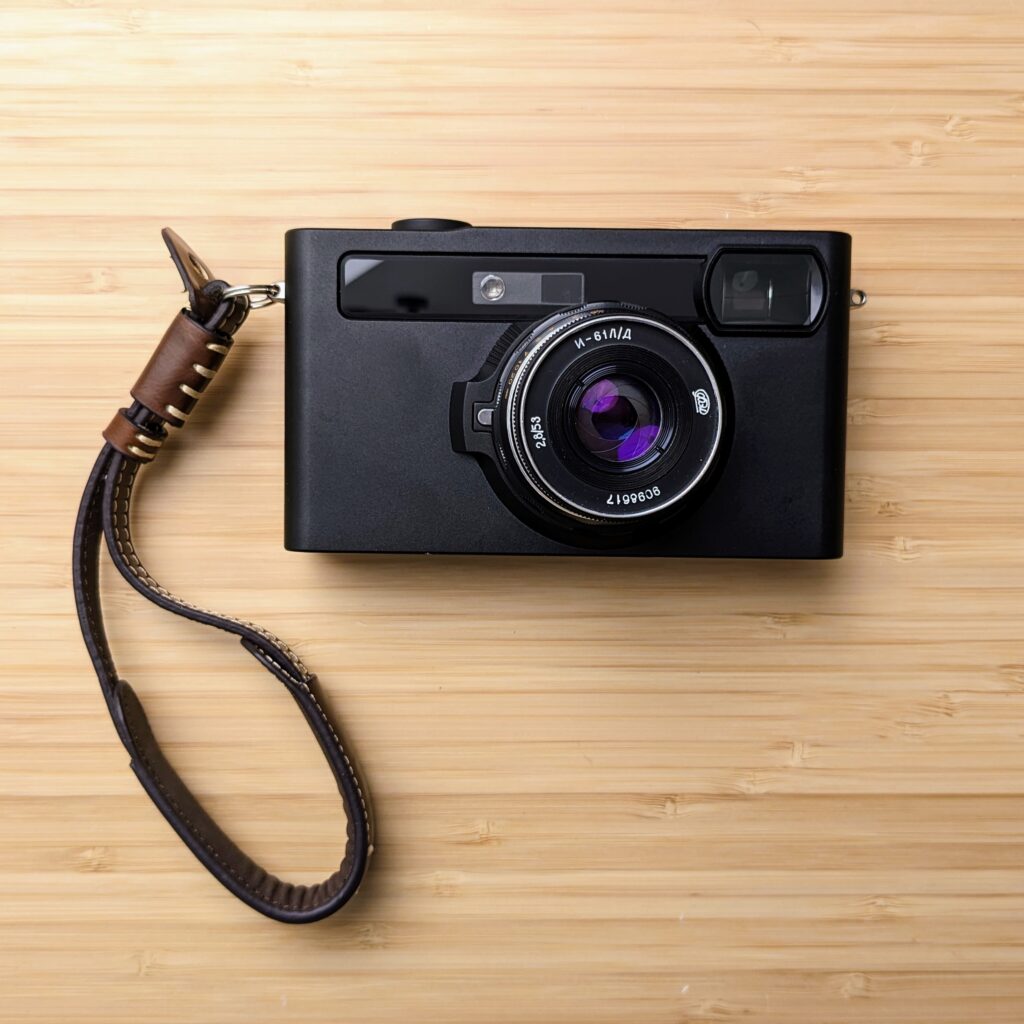My Latest Old Digital Camera
I pick up old digital cameras and give them a run for their money. Well, for what they cost nowadays at least. I thought I was pretty gutsy when I picked up a six megapixel Pentax *ist DL camera released back in 2006. How about one less megapixel, and five years earlier?
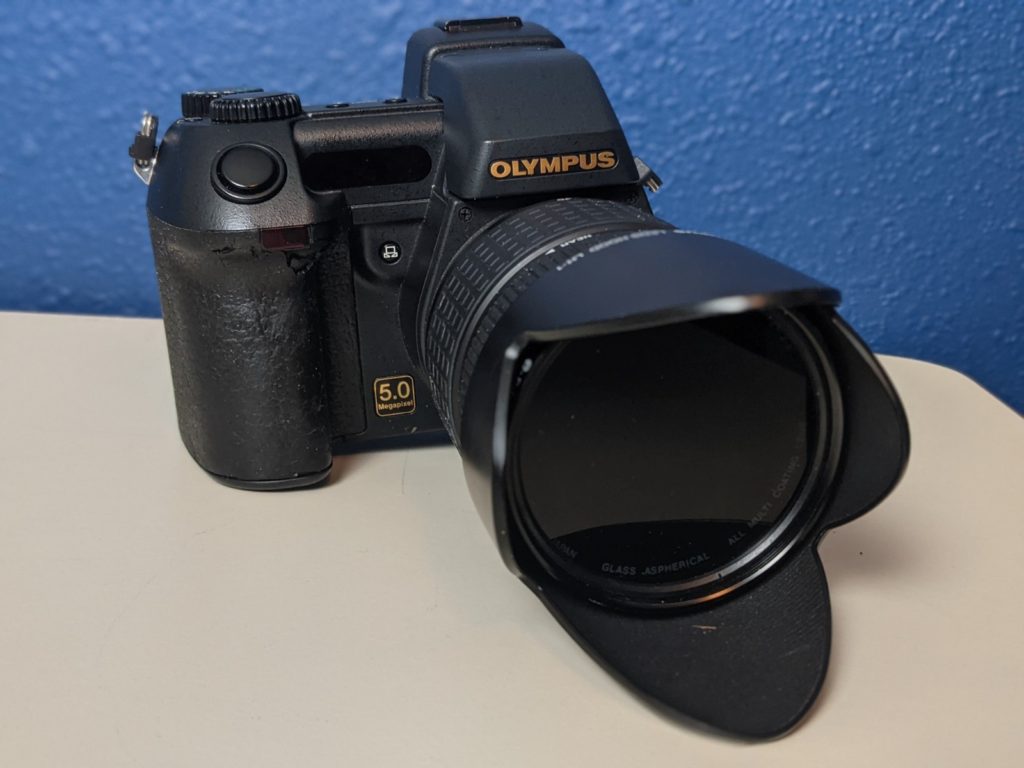
Introduction
The Olympus E-20N is the second iteration of Olympus’s compact sensor, non-interchangeable lens DSLR cameras aimed at prosumers. The E-10 and E-20 were released a few years before Olympus released their interchangeable lens four thirds sensor DSLRs and represent a very unique time for cameras during the analog to digital photography journey. I find it compelling the strategy Olympus took during this time. Rather than reusing their existing film-era mount for new digital bodies, they were designing an entirely new mount. This time between film and the new four thirds digital mount was bridged by the E-10 and E-20. With a unique backstory like that, I knew I had to try one out.
Finding the camera wasn’t too hard. I set up an eBay search alert and monitored it for a few weeks to get an idea of the price. Not many working E-20’s go up for sale in a given week, but I wouldn’t consider it rare. When purchasing this camera it is good to remember that different versions came with different battery holders. Mine came with one that accepted four AAs, and that is the kind I would recommend for convenience. It says “LR6 x 4 or CR-V3 x2” on the bottom of the battery holder as seen from the bottom of the camera. This same holder can take those AAs. Also good to note is that the camera uses a CF card for memory and a very outdated mini 4-pin USB cable for data transfer. Keep those things in mind so that when the camera arrives you are ready to shoot and enjoy the shots!
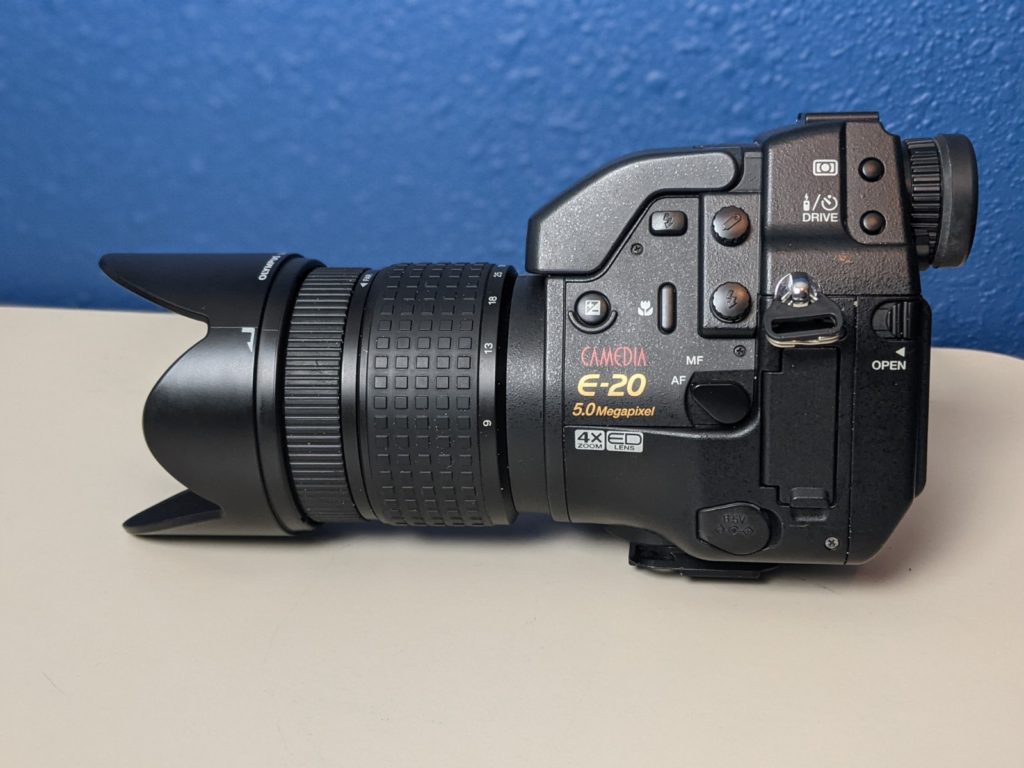
Olympus E-20 Ergonomics and Controls
The first thing you notice on the Olympus E-20 is the totally unique design. The body itself almost looks closer to a old school camcorder than a DSLR you might be used to seeing (a little like some Sony’s and Nikon’s of the day.) The rear of the camera aggressively curves to allow comfortable palm grip. The viewfinder looks like a port hole on a ship (but that is one of my favorite features, if just for looks alone.) Overall it looks like hardly anything anyone is shooting with, especially in 2021.
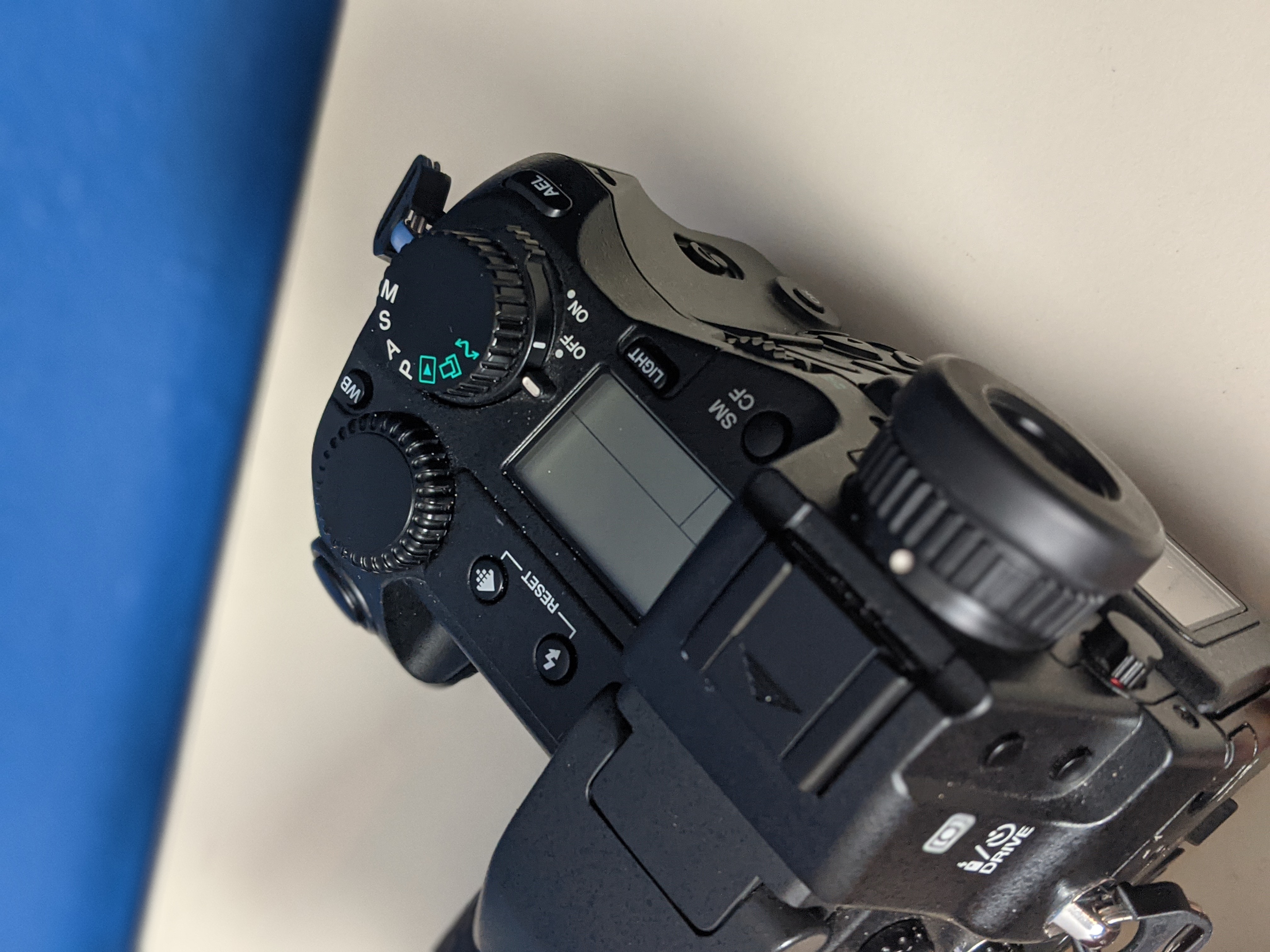
While the grip is quite comfortable, I can’t say the same about the controls. They are built well and some are decently positioned, but most require you to use your stabilizing hand to access buttons on the side of the camera, or release your grip to access buttons on the top of the camera. The front right dial for controlling aperture, shutter speed, etc, is positioned quite a bit above the shutter button, requiring quite a leap of the finger to get there. Overall it’s not a poor design, but you can tell Olympus (and frankly everyone else) was still learning what a digital camera could and should be like too use. I would say as their first attempt, it’s actually really good.
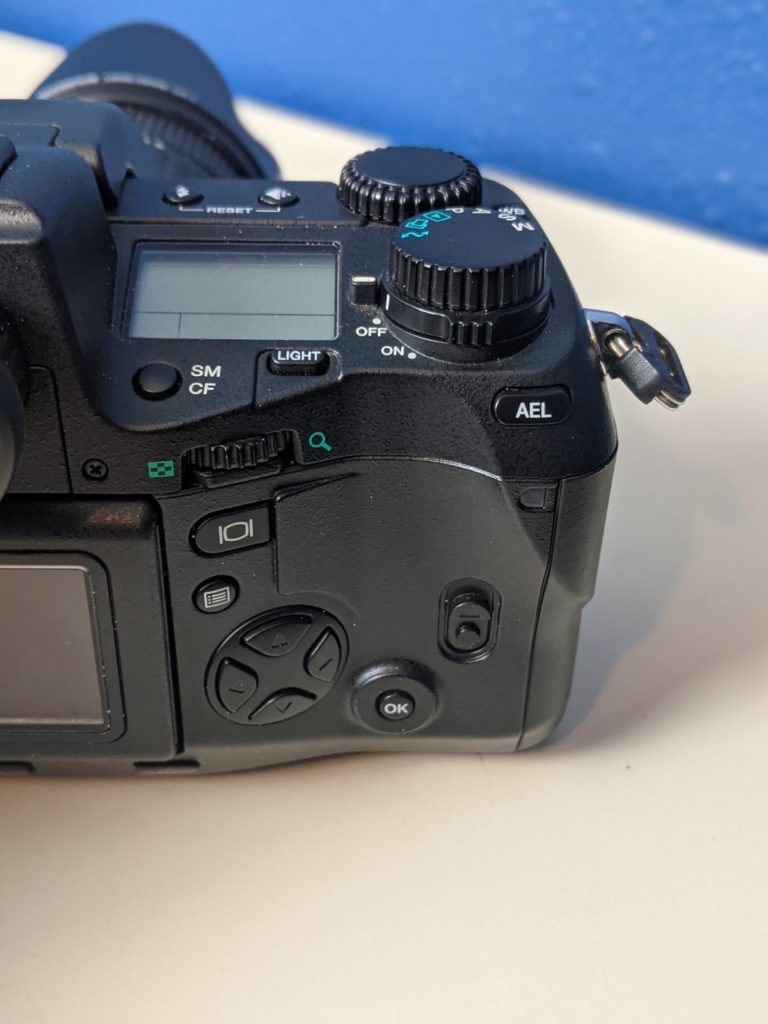
Despite the awkward placement of buttons, the idea behind the very many buttons is quite good. Most everything on the camera can be easily controlled via the physical buttons and dial movement combinations. This prevents you from having to dig into the menus to change a setting. In fact, the menu screen only has one page, with very little you can actually change there. I like this concept, and it’s something I really appreciate about my modern Pentax cameras and customizing buttons for actions you use often to prevent going into the menus.
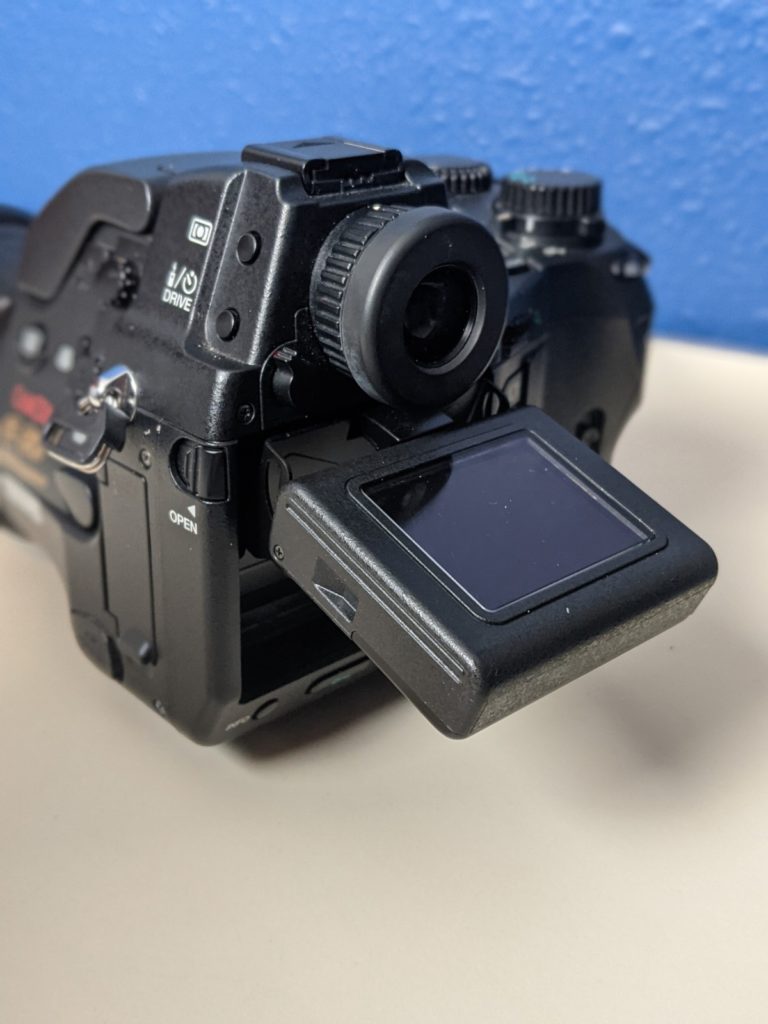
The Origins of Modern Mirrorless and DSLR Tech
It’s worth taking a moment to talk about some of the tech in the Olympus E-20. While Canon and Nikon won the DSLR war, at least in sale numbers, Olympus pioneered a lot of really impressive tech that only later ended up in those big name competing brands. The first impressive feature is live view. Yes, this DSLR with an optical view finder from 2001 was able to perform live view to the tiny, extremely low resolution screen. Whatever people thought about it then, live view has become a standard in DSLR tech. The Olympus E-20’s live view works, but is hindered by the low tech of the day, and the screen really makes it difficult to compose a shot, let alone focus. So, it’s cool piece of early tech, but not terribly practical.
Also, as an aside, the LCD screen tilts down. It is really neat to see the beginnings of what would become commonplace in digital photography. Once again not super useful in this case, but very forward thinking.
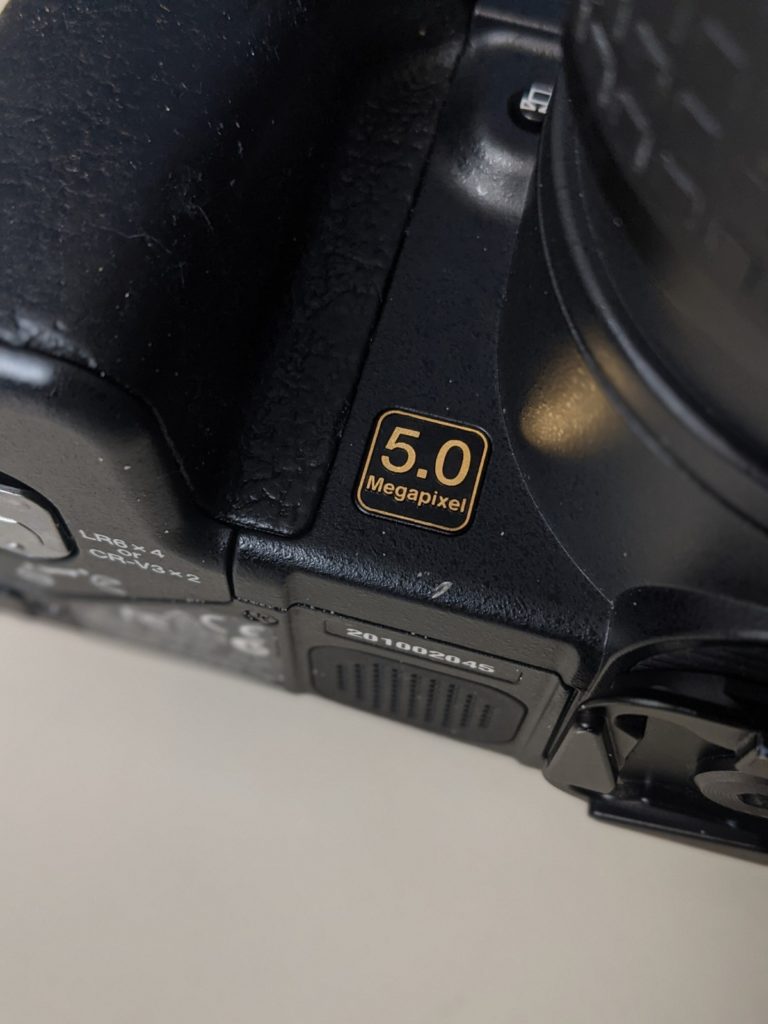
Olympus E-20 Sensor and Exposure Limitations
The sensor in the Olympus E-20 is a five megapixel 2/3” CCD. While I generally enjoyed the colors and ISO “grain” of the images, the smaller sensor does take a hit as the ISO starts to climb above base. While the lens maintains a large aperture across the range (f2-2.4), the max ISO is a low 320. This means you need a tripod a lot sooner than you would think, and I often found myself either trying to push my steady arms or giving up a shot. Not necessarily a show stopper, I just need to get used to carrying a tripod in the morning and evening.
The ISO isn’t the only limiting number in the exposure triangle. The max shutter speed is 1/640th of a second. Technically you can go up to 1/4000th or even faster by switching to a progression scan mode, but doing so will take a significant IQ hit. The only situations where this has got me so far would be an action shot I wanted to freeze frame, or a bright day wanting to use a large aperture for out of focus effect. You can either consider this a fun challenge, or maybe this will rule out the camera for your shooting style.
Picture Samples
Enough of the tech talk for now, let’s look over some pictures. The sensor gives off a very film like look. I had some difficulty getting the colors exactly how I would like straight out of the camera. Some of this should be attributed to me getting used to the camera. The lens feel reasonably sharp across the zoom range and apertures. I have no reservations about using the lens wide open.

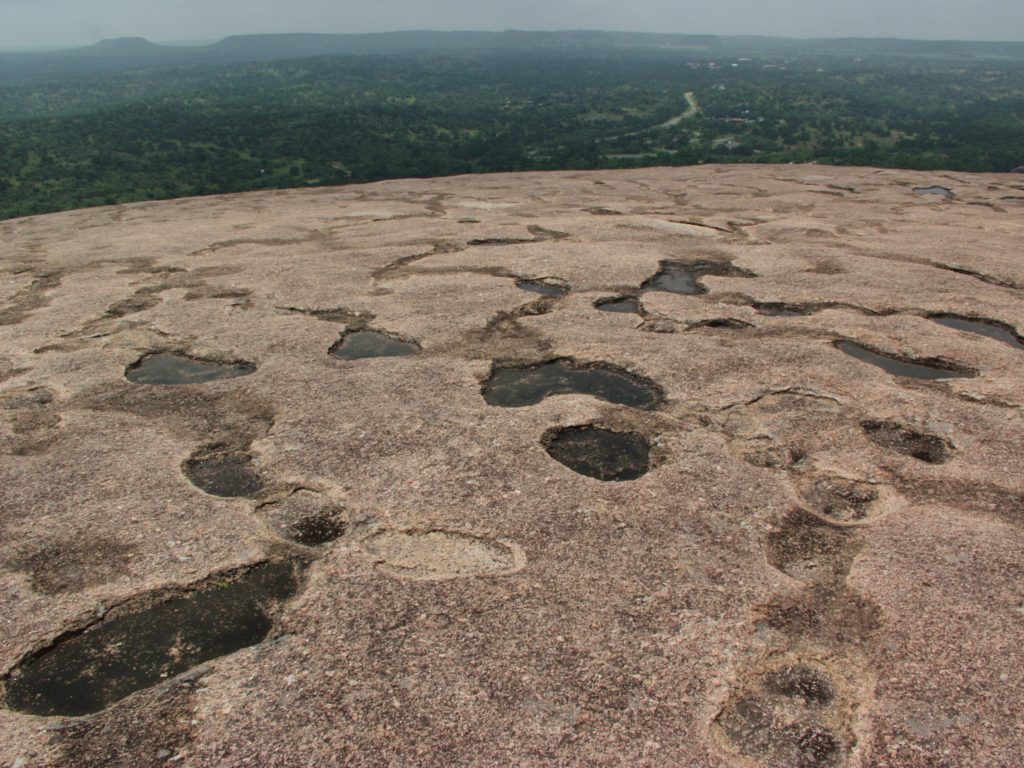
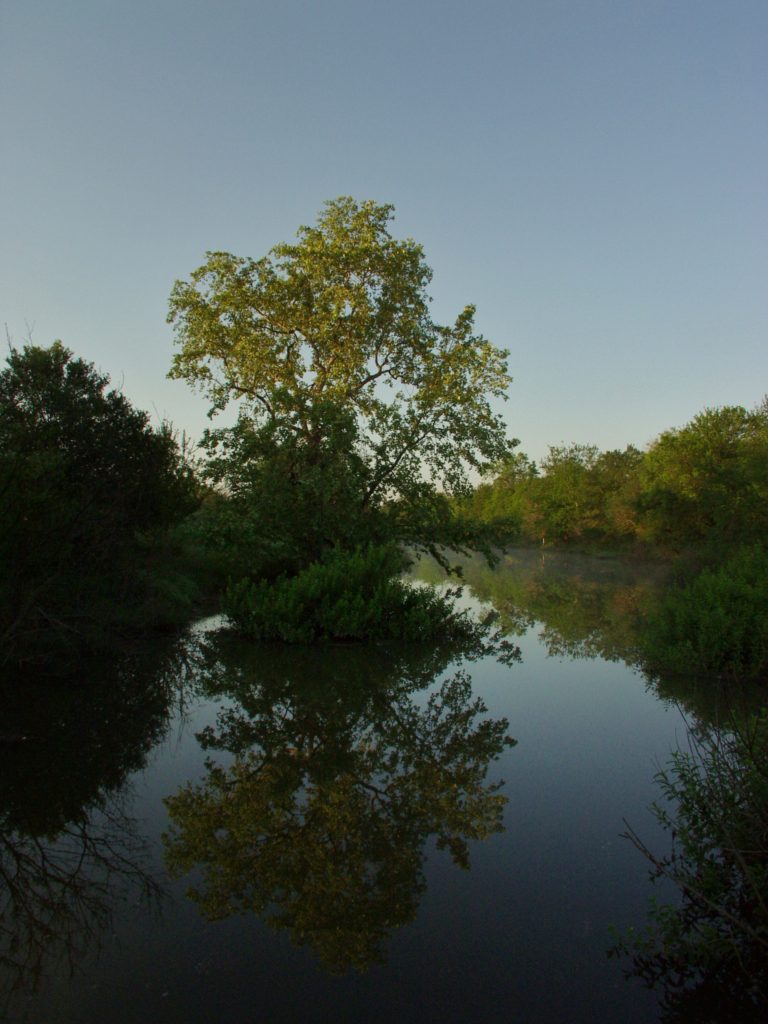
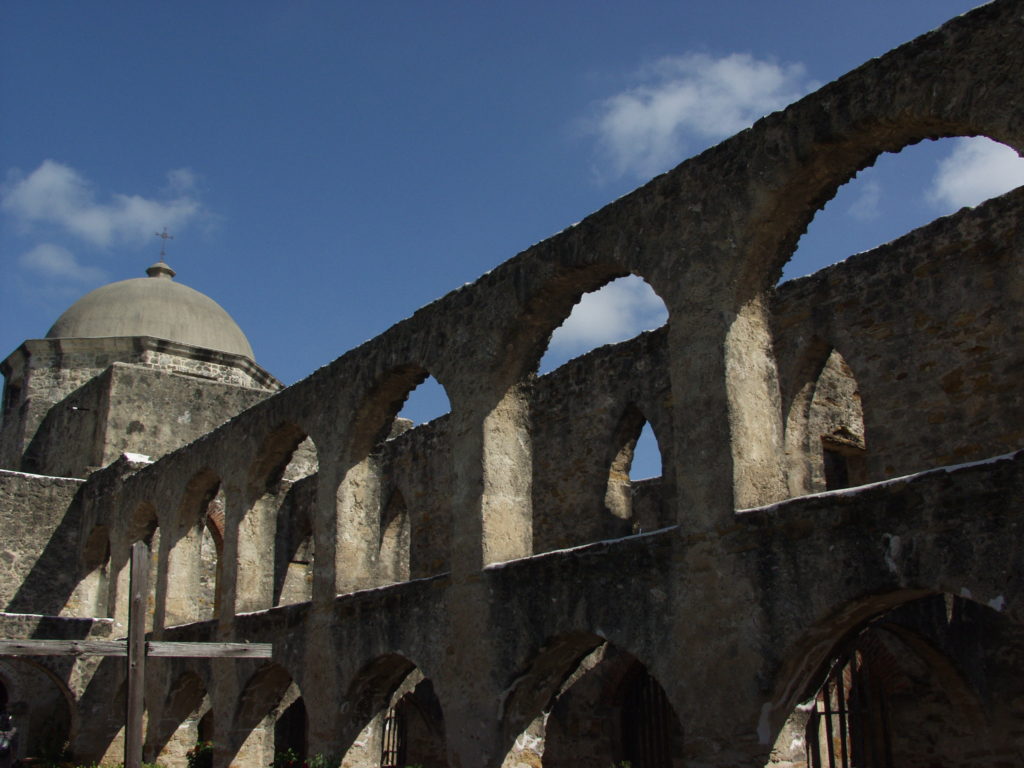





Price and Closing Thoughts
Like most old and forgotten about digital cameras, the Olympus E-20 can be had very cheap. It will run for about $50-$100. The former if you wait a while, the latter if you want one right now. I bought mine in a kit for about $70. A little high, but I was assured of its working condition and given some nice accessories to go along with it. We’ll talk about those accessories in a future post. After using it for a while I can say it’s well worth the $50 dollar range that it commands nowadays.
What do you think? Would you ever pick up a five megapixel camera from 2001? The Olympus E-20, or something else? Do you think I’m crazy and throwing my money away? Let me know in the comments.
Have fun shooting whatever camera you have, and until next time, happy snappin’
Looking to pick up some used camera gear? UsedPhotoGear (by Roberts Camera) is my favorite resource. Great prices, good selection, and a 180 day warranty. Purchasing through this link helps support me: Get 5% off total order on UsedPhotoPro

